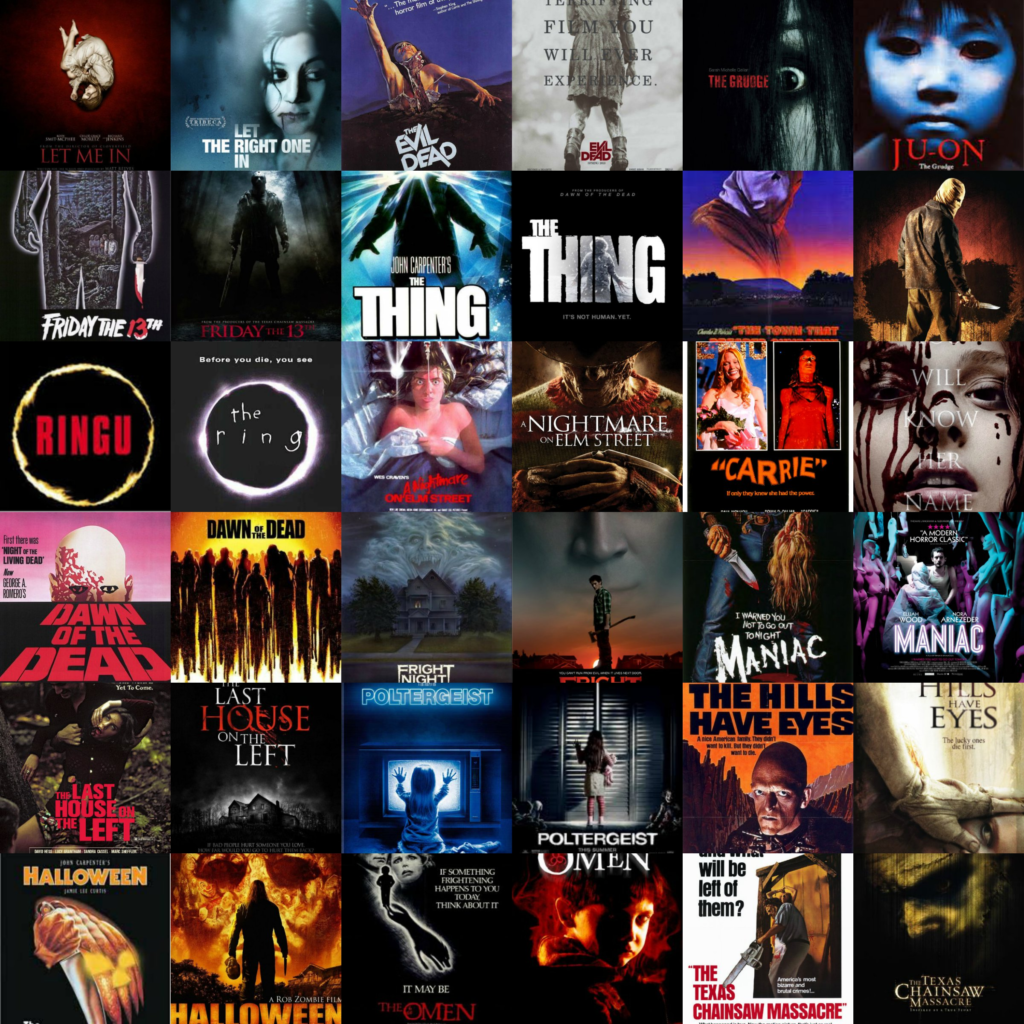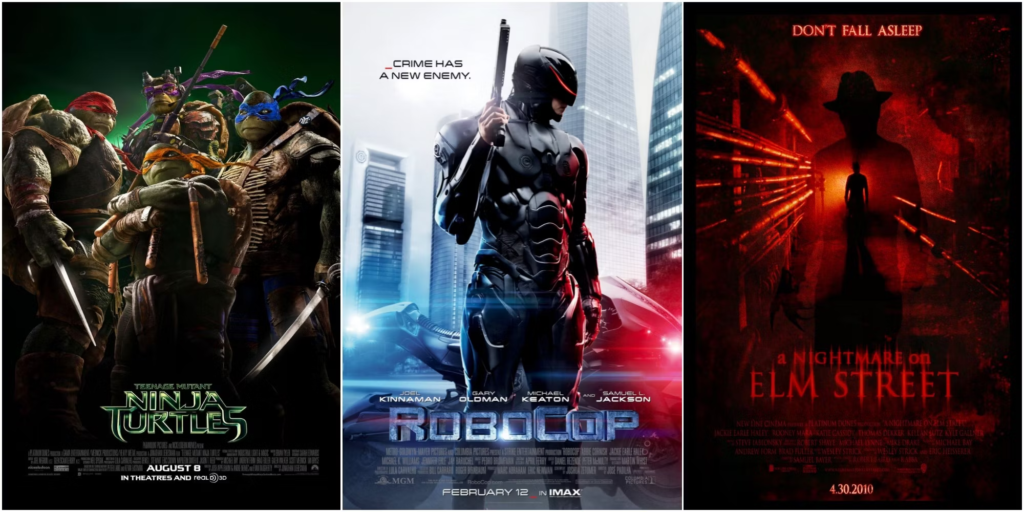
In the world of entertainment, remakes have become a staple, allowing filmmakers and studios to reinterpret and modernize beloved classics. Whether it’s updating the visuals, altering storylines to fit contemporary values, or appealing to a new generation of audiences, remakes have the potential to either reinvigorate an old story or fall flat in comparison to the original. However, the debate over which is better—remakes or originals—often sparks passionate discussion among audiences and critics alike.
This article explores the complex relationship between remakes and original films or shows, delving into key factors such as artistic vision, audience reception, cultural relevance, and the financial implications of both. We’ll look at examples of successful and failed remakes, and analyze what makes one version stand out over the other.
1. The Appeal of Remakes: Why Do They Keep Happening?
The idea of remaking a successful movie or show is financially appealing to studios. Established intellectual properties (IPs) come with a built-in fanbase, reducing the risk involved in producing something entirely new. For Hollywood, the goal is often to bank on nostalgia while updating content to cater to the tastes and sensibilities of a modern audience.
a. Nostalgia Factor
Nostalgia plays a significant role in the success of remakes. Audiences often feel a connection to films or TV shows from their past, and remakes tap into this by reviving a familiar narrative. Disney, for example, has capitalized on nostalgia by remaking animated classics like The Lion King and Aladdin into live-action films. Fans of the originals are eager to revisit the stories they grew up with, and studios are able to offer them a visually modernized version.
b. Technological Advancements
One of the biggest advantages remakes have over originals is the use of advanced technology. Films like King Kong (2005) or Jurassic World (2015) offered vastly superior special effects compared to their earlier counterparts, which helped to create more immersive and visually spectacular worlds. This is especially important for action, fantasy, and sci-fi remakes, where modern CGI can make scenes that were once impossible much more realistic and exciting.
c. Cultural Updates
Remakes often seek to update the cultural or societal values portrayed in the originals. For example, Ocean’s 8 (2018) reimagined the male-centric Ocean’s Eleven heist franchise with an all-female cast, reflecting modern sensibilities around gender representation in media. Similarly, Ghostbusters (2016) sought to bring female empowerment into the spotlight while revisiting a beloved 80s franchise.

2. Why Originals Are Often Preferred: Authenticity and Legacy
Despite the allure of remakes, original films and shows are often cherished for their authenticity, innovation, and pioneering spirit. These are the works that first captured the audience’s imagination, set cultural trends, and created timeless characters.
a. Authentic Artistic Vision
Original films or shows often carry the unique voice and vision of their creators. Directors and writers have the freedom to take risks, experiment with storytelling techniques, and create something fresh. Star Wars (1977) is a prime example of a film that redefined the sci-fi genre, introducing groundbreaking special effects and a rich, original mythology.
The concern with remakes is that they can dilute or distort this original vision in an attempt to modernize or appeal to a broader audience. For instance, Psycho (1998), a shot-for-shot remake of Alfred Hitchcock’s 1960 classic, was criticized for lacking the tension and creativity of the original despite its technical accuracy.
b. Timeless Performances
Another factor that makes originals stand out is the iconic performances of the actors involved. Some characters are so intertwined with the actors who played them that any attempt to recast or reinterpret them feels forced. A clear example is The Shining (1980), where Jack Nicholson’s portrayal of Jack Torrance is considered one of the most iconic performances in cinematic history. Although subsequent adaptations of Stephen King’s novel have been made, none have matched the impact of Stanley Kubrick’s version.
c. Cultural and Historical Context
Originals often hold a special place in history, representing the time in which they were made. They capture the social, political, and cultural atmosphere of their era. For example, the 1968 film Planet of the Apes reflected Cold War tensions and anxieties about nuclear war, while its 2001 remake lacked that same resonance. The historical context of an original can add layers of meaning that a remake may struggle to replicate or improve upon.

3. Case Studies: Successful and Failed Remakes
a. Successful Remakes
Some remakes manage to surpass or at least match the success of the original, both artistically and commercially. The key often lies in bringing a fresh perspective while honoring the core essence of the original.
- The Departed (2006) vs. Infernal Affairs (2002): Martin Scorsese’s The Departed is a remake of the Hong Kong thriller Infernal Affairs. Scorsese infused his signature style into the narrative, relocated it to Boston, and imbued it with themes of loyalty and betrayal that felt distinctly American. The remake earned widespread acclaim and won the Academy Award for Best Picture, standing as a rare example of a remake that matches and arguably exceeds the impact of the original.
- A Star Is Born (2018) vs. previous versions (1937, 1954, 1976): The 2018 remake of A Star Is Born, starring Lady Gaga and Bradley Cooper, breathed new life into a story that had been told several times before. With its raw emotional depth and powerful performances, this version resonated with modern audiences and critics alike, earning multiple Oscar nominations. The original’s timeless themes of fame and self-destruction were maintained, but updated for contemporary sensibilities.
b. Failed Remakes
Not all remakes are successful, and some fall short of expectations, either because they fail to capture the magic of the original or because they don’t add anything new to the story.
- The Mummy (2017) vs. The Mummy (1999): Universal’s 2017 remake of The Mummy, starring Tom Cruise, was intended to kickstart a “Dark Universe” of interconnected monster films. However, it was heavily criticized for its lackluster plot and failure to capture the fun, adventurous spirit of the 1999 version, starring Brendan Fraser. The remake felt more like a generic action movie than a revitalized classic, leading to its commercial failure and the cancellation of the Dark Universe franchise.
- Total Recall (2012) vs. Total Recall (1990): The 2012 remake of Total Recall failed to live up to the originality and charm of Paul Verhoeven’s 1990 sci-fi classic. The original film, starring Arnold Schwarzenegger, was known for its quirky humor and surreal world-building. In contrast, the remake took a more serious and gritty approach, but in doing so, lost much of the charm and uniqueness that made the original so memorable.
4. The Role of Audience Expectations and Critic Reviews
Audiences often approach remakes with high expectations, especially when the original is beloved. Nostalgic viewers are eager to see their favorite stories retold but may also be the harshest critics when the remake fails to meet their emotional attachment to the original.
a. Critics vs. Audience Response
Critics and audiences may respond differently to remakes. For example, Ghostbusters (2016) received polarized reviews. Critics were generally favorable, praising the performances and humor, but a large section of the audience was vocal in its criticism, especially concerning the gender-swapped cast and the film’s divergence from the original.
b. The Importance of Marketing
The way a remake is marketed plays a significant role in shaping audience expectations. Studios often emphasize the nostalgia factor in their promotional material, highlighting connections to the original to draw in older audiences. However, when a remake fails to live up to that promise, it can lead to disappointment and negative word-of-mouth.
5. When Do Remakes Outshine Originals?
Remakes can outshine originals when they bring something new to the table, either through technological innovation, a fresh take on characters or storylines, or deeper thematic exploration. For example, Scarface (1983), a remake of the 1932 film, offered a more intense and gritty portrayal of the American Dream gone wrong, resonating more strongly with modern audiences.
In some cases, remakes are able to better capture the spirit of the story simply because they benefit from years of hindsight, improved technology, and a broader understanding of what works for today’s audience.

Conclusion: Which Stands Out?
Whether a remake or an original stands out depends on a variety of factors, including artistic execution, cultural relevance, technological advancements, and audience expectations. Originals often hold a special place in people’s hearts due to their authenticity, historical context, and the novelty they brought to the screen. On the other hand, remakes can succeed when they offer a fresh perspective, utilize modern filmmaking techniques, and appeal to both new and nostalgic audiences.
Ultimately, both remakes and originals have their place in the entertainment world. While the debate over which is better will continue, the key lies in how well a remake honors the spirit of the original while adapting to contemporary tastes and sensibilities.
For more such content, keep visiting QAWire


